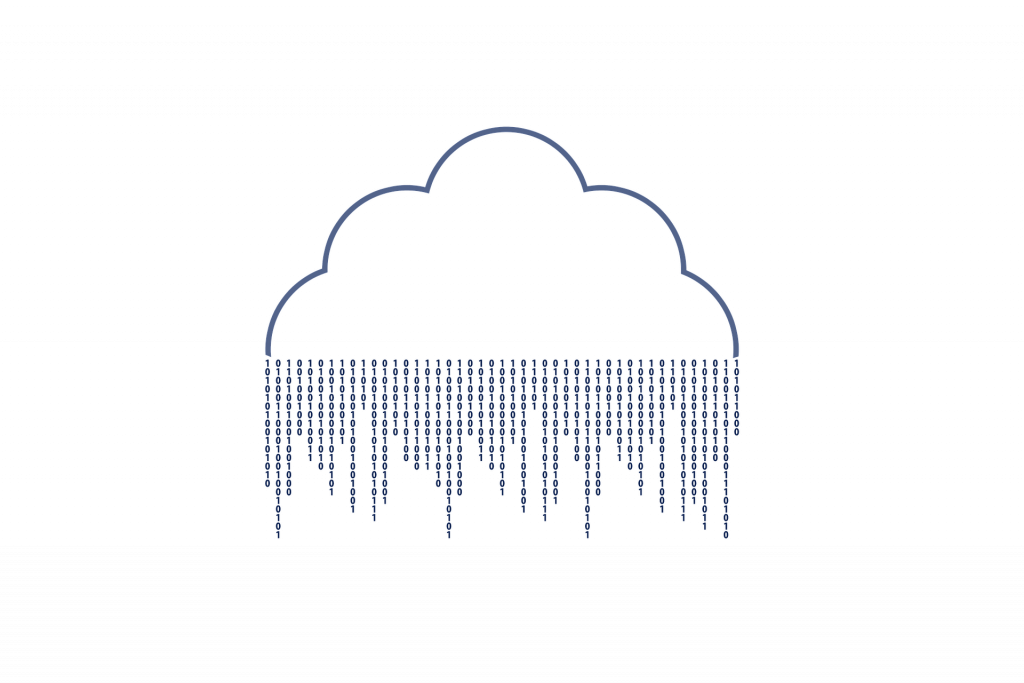There is a surge in the cloud market as almost every enterprise is migrating its database to the cloud. Cloud vendors are thriving by raking in billions of dollars in revenue and the cloud market is now worth $180 billion. Different cloud vendors are innovating and producing new solutions at a lightning-fast pace due to cutthroat competition. However, as cloud vendors Microsoft Azure and Amazon Web Services ride the cloud wave, others like Oracle cloud are scrambling to catch up.
Oracle has been a trusted vendor of database and storage solutions for enterprises for quite some time. Its services are used by SAP, Salesforce, and even its biggest competition, Amazon. But Oracle cloud hasn’t really enjoyed great adoption. Oracle cloud’s year-over-year growth has dwindled in recent quarters from 51 percent in Q1 to 42 percent in Q2 and 32 percent in Q3. This might not seem all that bad until you factor in the snowballing growth rates of other cloud vendors and the cloud market in general. Amazon Web Services had a recent quarterly growth rate of 49 percent, which, considering its expanse and the cloud market share it has already captured, is simply incredible.
Where is Oracle going wrong?

Oracle hasn’t been a contender in the cloud wars until very recently, but statistically, newer and smaller cloud vendors grow at a much faster pace than the bigger vendors that get riddled with the additional costs that come with expansion.
Oracle hasn’t been able to capture a significant market share. According to Right Scale’s 2018 Cloud Report, only 5 percent of the enterprises adopted Oracle cloud, whereas 68 percent chose AWS, 58 percent went for Microsoft Azure and 19 percent adopted Google Cloud. So where is Oracle going wrong?
Oracle constantly relies heavily on its database offerings and boasts about how they are still used by the largest enterprises. On the other hand, AWS and other big vendors looking to create innovative products and services around containers, serverless computing, and artificial intelligence. While Oracle does offer these services, they’re not innovating fast enough to keep pace with the leaders.
The rivalry with AWS
Cloud vendors are doing all it takes to one-up each other. This competition proves to be healthy as vendors focus on bringing their very best to the market. Oracle seems to have a different approach to cloud wars altogether. Oracle co-founder Larry Ellison has been aggressively vocal about Oracle’s rivalry with AWS. In his recent keynote address at Oracle OpenWorld, he questioned AWS’s security claiming that Amazon uses the same system to store “AWS cloud control code” as well as its corporate data and that can lead to hacking of Amazon’s corporate data. This is not the first time Ellison has publicly called out the e-commerce giant, however. Ellison has constantly pointed out the fact that Amazon’s consumer business uses Oracle’s database, which seems to have struck a nerve — AWS recently shut down one of its Oracle datacenters. This development is a milestone in Amazon’s move from Oracle to its own database equivalents such as Aurora, Redshift, and DynamoDB.
On the other hand, Werner Vogels, CTO of AWS, began his 2018 re:Invent keynote saying that re:Invent is all about education and not about sales. This is directly aimed at Ellison and his salesmanship that’s routinely on display at Oracle OpenWorld.
Recently, Oracle protested the U.S. Government Accountability Office’s contract worth $10 billion for its cloud computing Project, JEDI. Oracle’s complaint against the winner takes all nature of the contract was based on its belief that the contract favored AWS and was against federal regulations. Oracle requested to replace the current model with one that offered the contract to multiple vendors. However, GAO denied Oracle’s protest, which seems to be another defeat for the database vendor.
Amazon bids adieu to Big Red
Amazon is known to create solutions for itself and when they prove efficient for its humongous workload, monetize those solutions and products. According to reports, Amazon has already managed to move most of its data from Oracle to its own database Redshift, DynamoDB, and Aurora. And claims made by AWS CEO Andy Jassy suggest that by the end of this year, they plan on moving 88 percent of Oracle databases to their own databases. Whereas AWS CTO Werner Vogels announced via Twitter that they have moved on to “newer, faster, more reliable, more agile, more versatile technology at more lower cost and higher scale.”
At a time when Oracle is still struggling to keep up with the pace of innovation the cloud market demands, this move by Amazon can prove fatal. Ellison, however, claims that Amazon’s database equivalents are not up to Oracle’s mark and goes as far as saying that Aurora and Redshift aren’t really developed by Amazon, but they are based on Oracle’s open Source components. Here’s what Ellison said at Oracle OpenWorld in October.
So this is another claim I’m going to make. Aurora, not built by Amazon, built by us, called MySQL. Amazon just gave it a new name. It’s also true of Redshift. Amazon didn’t build Redshift, that’s not what they do. These are —- they just open-sourced pieces where they built — that they used to build their cloud. They did a great job.
Ellison claims Amazon can’t rid itself of Oracle like many of its other customers such as SAP and Salesforce have been trying to do, but haven’t been able to. That, however, might not be the case for very long. If and when Amazon completes its migration successfully, other enterprises will follow the lead. The main reason companies don’t choose to migrate databases is because a move like that is extremely expensive. But if Amazon comes up with a relatively inexpensive migration solution, Oracle’s longstanding legacy as a database provider could be threatened.
Clear skies ahead?
Oracle’s cloud seems to be riddled with problems, but all hope isn’t lost. The database vendor is still trying hard to expand its cloud arm and trying to make up for the lag it has suffered in the past. Oracle’s Automated Database Warehouse (ADW), which was released in 2017 and became generally available in March this year, is a step in the right direction. This automated database helps in eliminating tedious tasks like tuning, patching, and updating security. ADW is an interesting innovation that, if it delivers on its promise, can help users reduce performance issues that mission-critical projects deal with when it comes database management. Automated Transaction Processing (ATP) is another offering by the database company that complements ADW and can help in efficient execution of huge loads of simple transaction. ATP combines scalability and flexibility of the cloud with machine learning in order to provide users with “a self-driving, self-securing, and self-repairing database service.”
Oracle has also accelerated innovation to support the incredible new technology, blockchain. Blockchain has been the hot trend lately and every tech company is trying to produce solutions for various real-world use cases. Oracle has come up with solutions of its own with four new applications based on Blockchain technology. Oracle’s Blockchain Applications cloud released in OpenWorld 2018 contains four applications, Intelligent Track and Trace, Lot Lineage and Provenance, Intelligent Cold Chain, and Warranty and Usage Tracking.

-
Intelligent Track and Trace
Provides customer with end-to-end tracking of goods from the place of origin to the shelf. It records data from sensors and feeds the data in blockchain’s immutable ledger to provide customers with substantial proof of quality.
-
Lot Lineage and Provenance
This application helps keep a hierarchical serialization of various components of a product and also their respective places of origin. It provides users with a proof of authenticity.
-
Intelligent Cold Chain
Cold Chain refers to the tracking of products that need to be refrigerated. Data from sensors is used to keep a track of products like groceries and drugs that need to be kept at a certain temperature. And this data can help users in order to ensure good quality and safety of certain products.
-
Warranty and Usage Tracking
This application can help manufacturers in keeping track of high-value assets in keeping a track of their products’ usage and determine if a product has been abused and determining if the warranty is valid or not.
To become a tougher competitor in the cloud wars, Oracle needs to move forward with all its might. Oracle seems to be doing just that with its current strategy of using its database experience with newer tech in order to provide users with solutions that are cheaper, more automated and efficient. Oracle hopes to provide users with more lightweight and enhanced solutions than its opponents. The cloud market is relatively new and Oracle can still make a leap to become a cloud giant by making the right decisions.
Featured image: Flickr / May Wong



